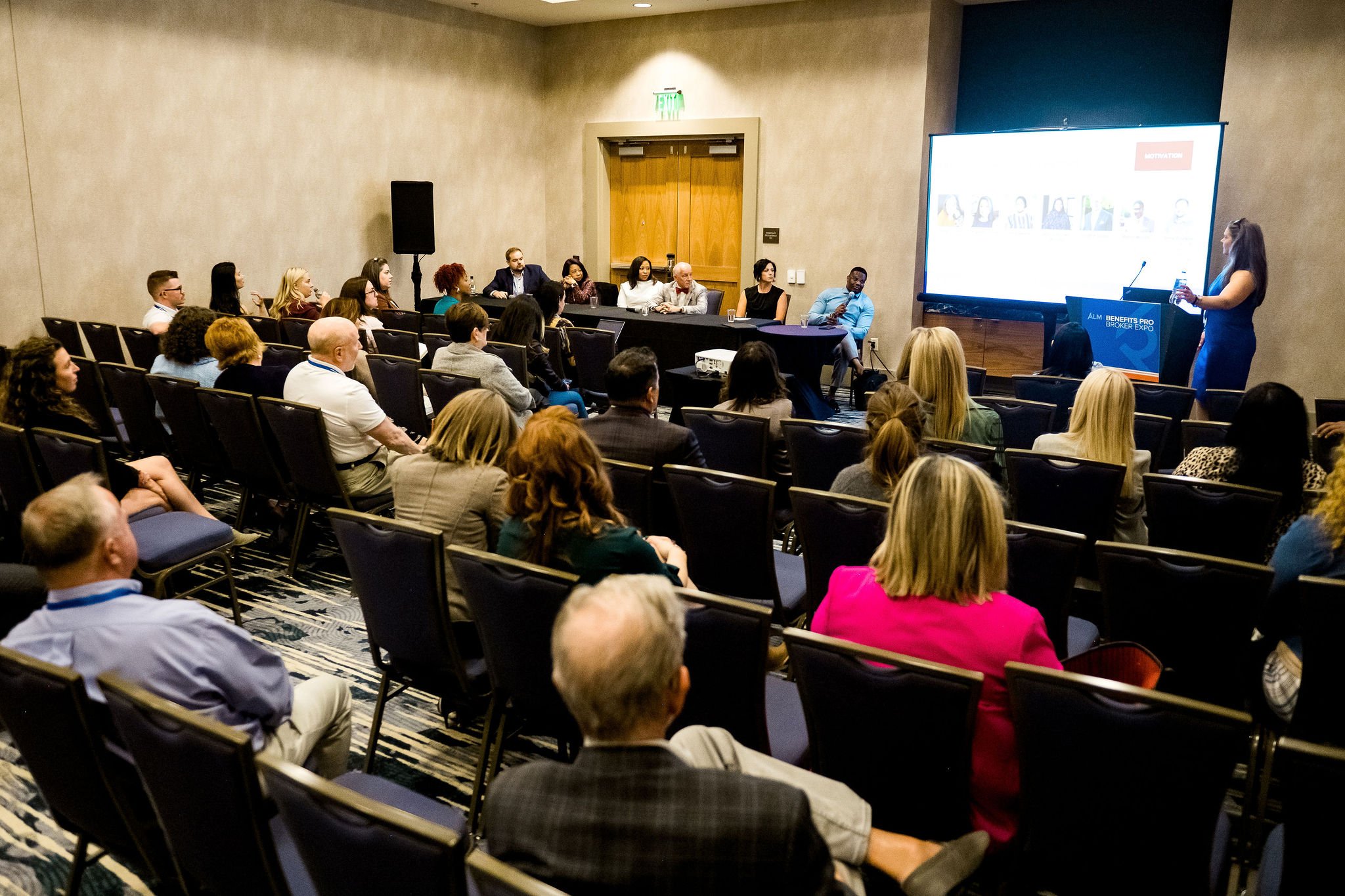 Using individual employee demographics can help employers and benefits managers help identify desirable enrollment methodologies. (Photo: Shutterstock)
Using individual employee demographics can help employers and benefits managers help identify desirable enrollment methodologies. (Photo: Shutterstock)
We have conducted research on employee attitudes about voluntary benefits for years now. Historically, we've taken a high-level view; however, we have always believed there were meaningful segments inside this community, and that identifying them may allow more specific strategies to be developed. This led us to take a different look at this critical constituency.
 Bonnie Brazzell and Nick Rockwell,
Bonnie Brazzell and Nick Rockwell,Eastbridge Consulting Group, Inc.
A new report, Employee Life Stage Segmentation, aimed to create different employee segments based on demographic data. It finds that there are certain commonalities in employee buying behavior. For example, consistency across all employee segments surrounding the reasons why they buy voluntary products (i.e., “reasonable cost for the product” and “filling a personal need.”) However, our deeper look also confirmed discernible differences.
Related: 9 voluntary solutions for today's diverse workforce
One such area is employee preference for learning about their benefits. Only 10 percent of employees in the Low- to Middle-Income Singles segment cite a preference for learning about benefits in one-on-one meetings, while 22 percent of those in the Low- to Middle-Income Family segment find that it not only preferential, but among the most desirable.
Such disparities suggest using individual employee demographics to help identify desirable enrollment methodologies.
Ownership of at least one voluntary product varies across segments, with the highest percentage of ownership (65 percent) in the Low- to Middle-Income Families and Middle- to High-Income Families. The lowest percentage of at least one voluntary product was among High-Income Singles & Couples (47 percent.) When you look at those who own at least one voluntary product, it's clear that multiple products are the trend for all segments. While many producers might expect “wallet share” to be a roadblock to a low-income segment, this group clearly has an appetite to invest in protections for their family, and the worksite may be the only place where they can access such products.
Some producers could feel their clients don't really appreciate this amount of granularity. The 2016 Eastbridge MarketVision™ Employer Viewpoint report found 72 percent of employers prefer personalized communications based on age, gender or life-stage. Clearly, our clients are beginning to find employee personalization a decision-making factor. Brokers should prepare to help them understand what else might be influenced by their employee's specific demographics.
Obviously, producers should start with the basics and consider overall trends in employee behavior as their “first things first” step in defining client strategies. But, learning how to apply more demographic specific trends may be a new opportunity for differentiation.
© 2025 ALM Global, LLC, All Rights Reserved. Request academic re-use from www.copyright.com. All other uses, submit a request to [email protected]. For more information visit Asset & Logo Licensing.







